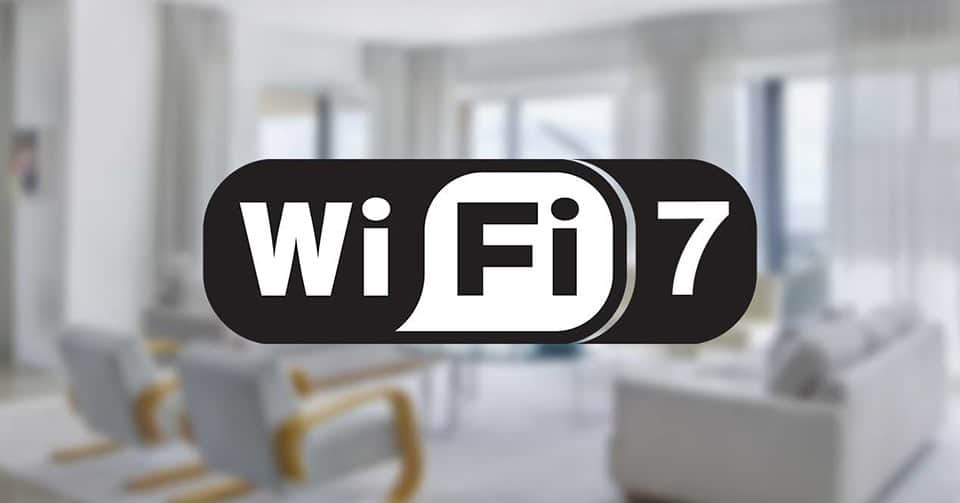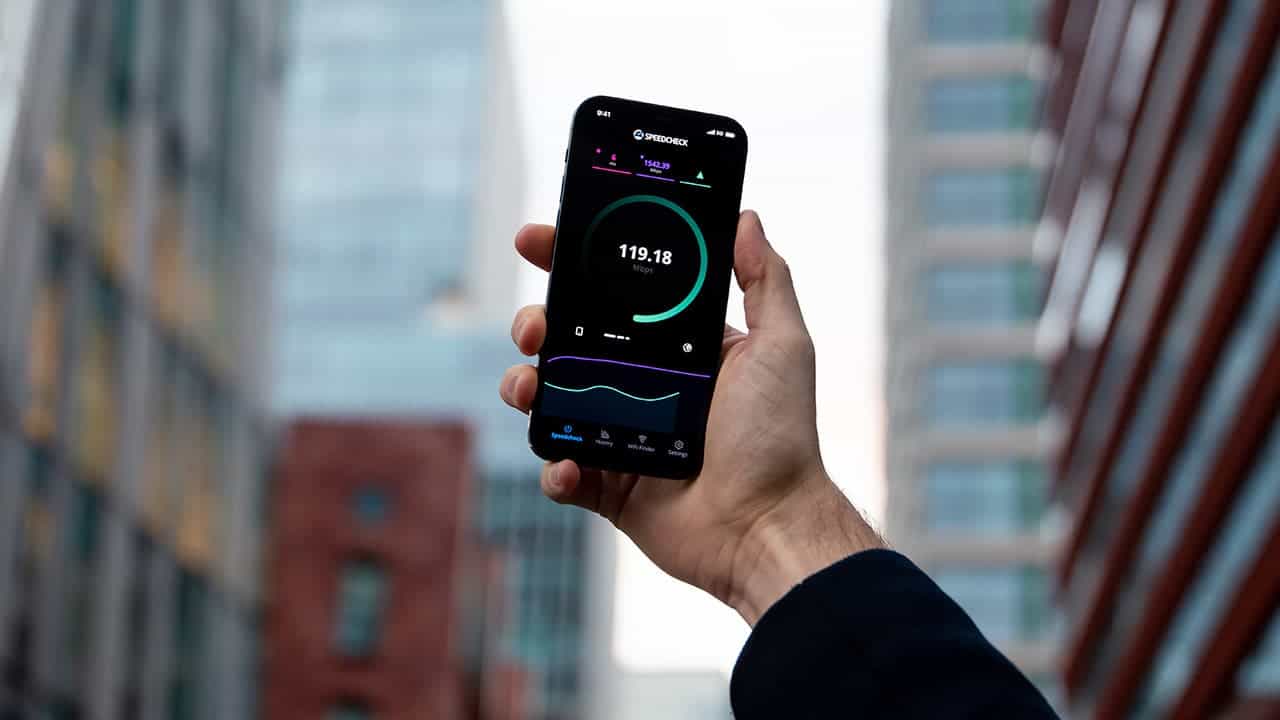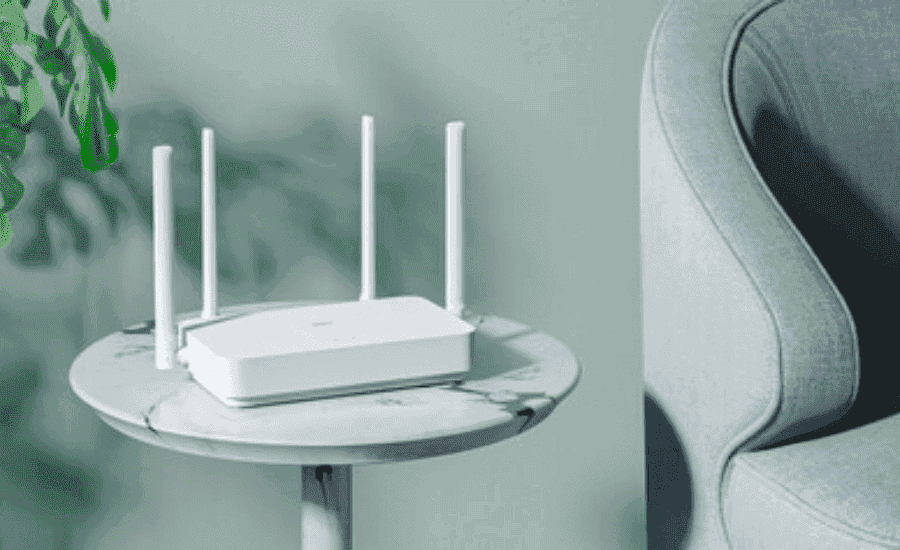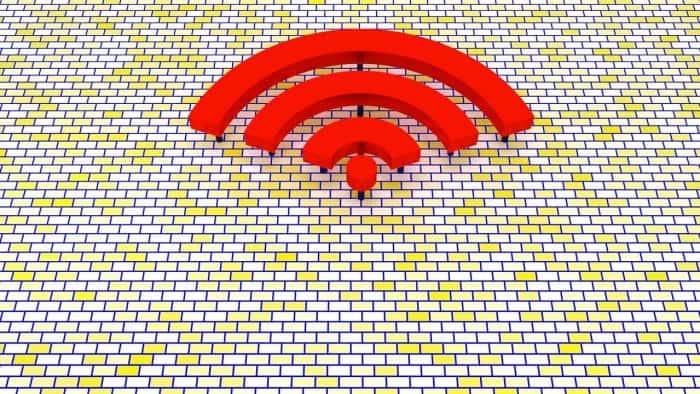The world runs on connectivity. From the seamless flow of information to the ever-growing demand for real-time interaction, our reliance on a robust and efficient connection has never been greater. At the forefront of this connectivity revolution stands Wi-Fi, the ubiquitous technology that blankets our homes, offices, and public spaces. Now, on the horizon, a new generation beckons: Wi-Fi 7.
Wi-Fi 7 and the Future of Connectivity: A Revolution in Smartphone Experience

This article delves into the transformative potential of Wi-Fi 7, specifically exploring its impact on smartphone connectivity, speed, and the overall user experience. We’ll dissect its key features, analyze its benefits for mobile applications, and paint a vivid picture of the future it promises.
Unveiling the Power of Wi-Fi 7
Wi-Fi 7, also known as 802.11be, is the next evolutionary leap in wireless networking. It builds upon the foundation laid by its predecessors, Wi-Fi 5 (802.11ac) and Wi-Fi 6 (802.11ax), offering significant advancements in three crucial areas: speed, capacity, and latency.
Speed Demon: Wi-Fi 7 boasts theoretical peak speeds exceeding 46 Gigabits per second (Gbps), a staggering leap compared to Wi-Fi 6’s 9.6 Gbps. This translates to lightning-fast downloads, smoother 4K and even 8K video streaming, and near-instantaneous file transfers. Imagine downloading a high-definition movie in a matter of seconds or collaborating on real-time documents without a hitch – this is the reality Wi-Fi 7 promises.
Capacity Crunch Buster: Our homes are becoming increasingly crowded with Wi-Fi-enabled devices, from smartphones and laptops to smart appliances and wearables. Wi-Fi 7 tackles this challenge with enhanced capacity. It utilizes wider channels and more efficient data transmission techniques, allowing more devices to connect simultaneously without compromising speed or stability. No more buffering while your smart TV fights for bandwidth with your phone downloading a game update.
Latency Conqueror: Latency, the time it takes for data to travel between devices, is crucial for real-time applications like online gaming and video conferencing. Wi-Fi 7 prioritizes reducing latency with features like Multi-link Operation (MLO). MLO allows smartphones to leverage multiple frequency bands simultaneously, ensuring a smoother and more responsive user experience for latency-sensitive tasks.
A Boon for Smartphone Applications
So, the advancements of Wi-Fi 7 will have a profound impact on how we utilize our smartphones. Here’s a closer look at some key areas that stand to benefit:
- Mobile Gaming: Gamers can rejoice! Wi-Fi 7’s reduced latency minimizes lag, creating a more immersive and competitive experience for online games. It allows for faster reaction times, smoother character movement, and a near-real-time connection to game servers.
- Augmented Reality (AR) and Virtual Reality (VR): The future of entertainment and interaction lies in AR and VR. Wi-Fi 7’s high bandwidth and low latency are critical for seamless AR/VR experiences. Imagine exploring virtual worlds or overlaying digital information on your surroundings without any lag or disruptions.
- Cloud-Based Services: Cloud gaming, video streaming, and productivity platforms are increasingly popular. Wi-Fi 7’s superior speed allows for faster data transfer, enabling users to access these services with unparalleled responsiveness. Imagine seamlessly streaming high-resolution games or collaborating on cloud-based documents with minimal loading times.
- Video Conferencing and Calls: The rise of remote work and communication has made video conferencing essential. Wi-Fi 7 ensures crystal-clear video calls and real-time collaboration without jitters or dropped connections.
A Seamless and Responsive User Experience
The combined effects of speed, capacity, and lower latency in Wi-Fi 7 translate into a significantly improved user experience for smartphone users. Here’s what you can expect:
- Faster Downloads and Uploads: Everything from downloading large files to uploading photos and videos will happen at breakneck speeds, saving you precious time and frustration.
- Smoother Streaming: Say goodbye to buffering! Whether you’re streaming your favorite show or watching a live event, Wi-Fi 7 ensures a smooth and uninterrupted experience.
- Enhanced Multitasking: With increased capacity, your smartphone can handle multiple Wi-Fi connections simultaneously. You can download a large file while streaming a movie without compromising performance on either task.
- Improved Battery Life: Wi-Fi 7 incorporates features like Target Wake Time (TWT), which allows devices to schedule data transfers efficiently, minimizing energy consumption. This translates to longer battery life for your smartphone.

The Road Ahead: Challenges and Adoption
Additionally, the transition to Wi-Fi 7, like any technological advancement won’t be without its challenges. Here are some key aspects to consider:
- Infrastructure Upgrade: To reap the benefits of Wi-Fi 7, both smartphones and routers need to be equipped with the new technology. This necessitates an upgrade cycle for existing infrastructure, including routers and potentially even some older smartphones.
- Standardization and Compatibility: The finalization of the Wi-Fi 7 standard is still underway. While early drafts are available, ensuring compatibility across different device manufacturers and routers might require some ironing out in the initial stages.
- Security Considerations: With increased speed comes the need for robust security measures. Manufacturers will need to prioritize developing secure Wi-Fi 7 chipsets and encryption protocols to safeguard user data on smartphones.
Despite these challenges, the potential benefits of Wi-Fi 7 are undeniable. Industry leaders are already developing chipsets and routers compatible with the draft standards. With the growing demand for faster and more reliable connectivity, widespread adoption is expected to happen progressively. Smartphone manufacturers are likely to incorporate Wi-Fi 7 capabilities in their next-generation devices. Paving the way for a more seamless and responsive mobile experience.
Optimizing Your Smartphone for the Wi-Fi 7 Era
While widespread adoption of Wi-Fi 7 is still on the horizon, here are some tips and tricks to prepare your smartphone and maximize its potential when the new standard arrives:
Stay Informed: Keep yourself updated on the latest developments regarding Wi-Fi 7 standardization and device compatibility. Follow reputable tech news websites and resources to understand when smartphones with Wi-Fi 7 capabilities are expected to hit the market.
Consider an Upgrade: If your current smartphone is nearing the end of its lifespan, investigate future models that boast Wi-Fi 7 compatibility. This ensures you’re well-positioned to take advantage of the new standard from the get-go.
Prioritize Security: As Wi-Fi 7 offers faster data transfer, it’s crucial to prioritize security. Look for smartphones with robust security features like hardware-based encryption and the latest Wi-Fi security protocols (WPA3 or later) to safeguard your data on the faster network.
Optimize Your Network: Even if you don’t have a Wi-Fi 7 router yet, you can optimize your current network for better performance. Here’s how:
- Router Placement: Position your router in a central location within your home, away from walls and other obstructions that can weaken the signal.
- Channel Selection: Use a Wi-Fi analyzer app to identify the least congested channel and configure your router accordingly to minimize interference from neighboring networks.
- Firmware Updates: Ensure your existing router has the latest firmware updates installed. These updates often include bug fixes and performance improvements that can benefit your smartphone’s Wi-Fi connection.
Manage Your Apps: Be mindful of background apps that constantly access the internet. Unnecessary data usage can affect overall network performance. Consider using features like data saver mode or app data restriction tools on your smartphone to optimize bandwidth usage.
Invest in a Mesh Network: If you have a large home or experience dead zones with your current Wi-Fi setup, consider investing in a mesh network system. Mesh networks utilize multiple nodes to create a blanket of consistent Wi-Fi coverage throughout your entire living space.
By following these tips and staying informed, you can ensure your smartphone is well-prepared to leverage the transformative power of Wi-Fi 7 when it becomes widely available. The future of connectivity is bright, and Wi-Fi 7 promises to be a game-changer for the way we use our smartphones and interact with the digital world.

Deep Dive: Advanced Techniques for Wi-Fi 7 Optimization
While the previous tips focused on general preparation, here’s a deeper dive for tech-savvy users who want to maximize their Wi-Fi 7 experience:
Advanced Router Configuration (for compatible routers):
- Enable Multi-user MIMO (MU-MIMO): This technology allows the router to communicate with multiple devices simultaneously, improving efficiency and reducing latency for all connected devices.
- Configure QoS (Quality of Service): This feature prioritizes bandwidth allocation for specific applications. Ensuring smooth performance for latency-sensitive tasks like gaming or video conferencing.
- Explore Wi-Fi 7 Specific Features (as standards finalize): Newer routers with Wi-Fi 7 might offer additional features like support for wider channels (320 MHz), Multi-link Operation (MLO) for utilizing multiple bands simultaneously, and Target Wake Time (TWT) for efficient data transfer scheduling, potentially reducing battery consumption on your smartphone.
Smartphone Settings and Optimizations:
- Developer Options (Android): For advanced users, enabling developer options on your Android smartphone might allow access to configuration settings related to Wi-Fi performance. However, proceed with caution and only make changes you understand, as some settings can negatively impact network connectivity.
- Prioritize Wi-Fi Bands: Some smartphones allow you to choose which Wi-Fi band (2.4 GHz or 5 GHz) to prioritize. The 5 GHz band offers faster speeds but has a shorter range. While the 2.4 GHz band offers better range but lower speeds. Choose the band that best suits your needs based on your location relative to the router.
- Third-Party Wi-Fi Analyzer Apps: While some of these apps offer limited functionality on stock Android or iOS, explore reputable options that can provide detailed network information like signal strength, channel congestion, and security settings. This information can help you optimize your connection within your existing network.
Remember:
- Not all tips might be applicable to all devices or operating systems.
- Always refer to your specific smartphone’s user manual or manufacturer’s website for detailed instructions on advanced settings or features.
Beyond Smartphones: A Connected Future
Also, the impact of Wi-Fi 7 extends far beyond smartphones. It has the potential to revolutionize various aspects of our lives. Imagine:
- Smart Homes: With increased capacity, Wi-Fi 7 can support a multitude of smart home devices. Creating a truly interconnected and responsive living environment.
- The Internet of Things (IoT): The explosion of IoT devices demands a robust and efficient network. Wi-Fi 7 can ensure smooth communication between these devices, fostering a more automated and intelligent future.
- Industrial Applications: Manufacturing and other industrial sectors can leverage Wi-Fi 7’s high bandwidth and low latency for real-time data transfer and improved machine-to-machine communication.
In conclusion, Wi-Fi 7 represents a significant leap forward in wireless connectivity. Its potential to transform smartphone user experience by offering unparalleled speed, capacity, and lower latency is undeniable. As we move towards a future dominated by mobile applications, cloud-based services, and real-time interactions, Wi-Fi 7 serves as the critical infrastructure that will pave the way for a more connected and seamless world. While challenges exist in terms of infrastructure upgrade, standardization, and security, the potential benefits far outweigh them. With continued development and adoption, Wi-Fi 7 promises to redefine the way we connect and interact with the world around us, not just on our smartphones, but across a vast spectrum of devices and applications.





